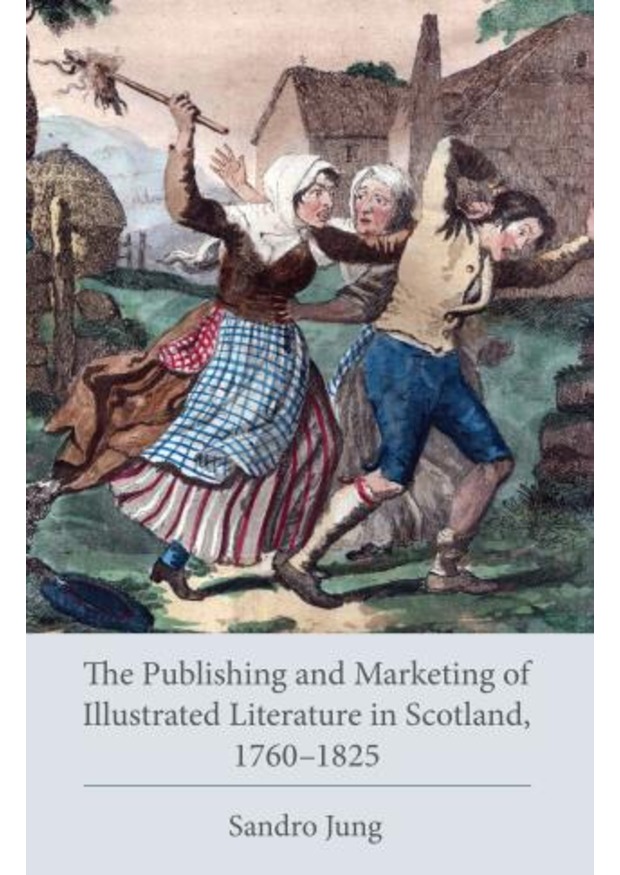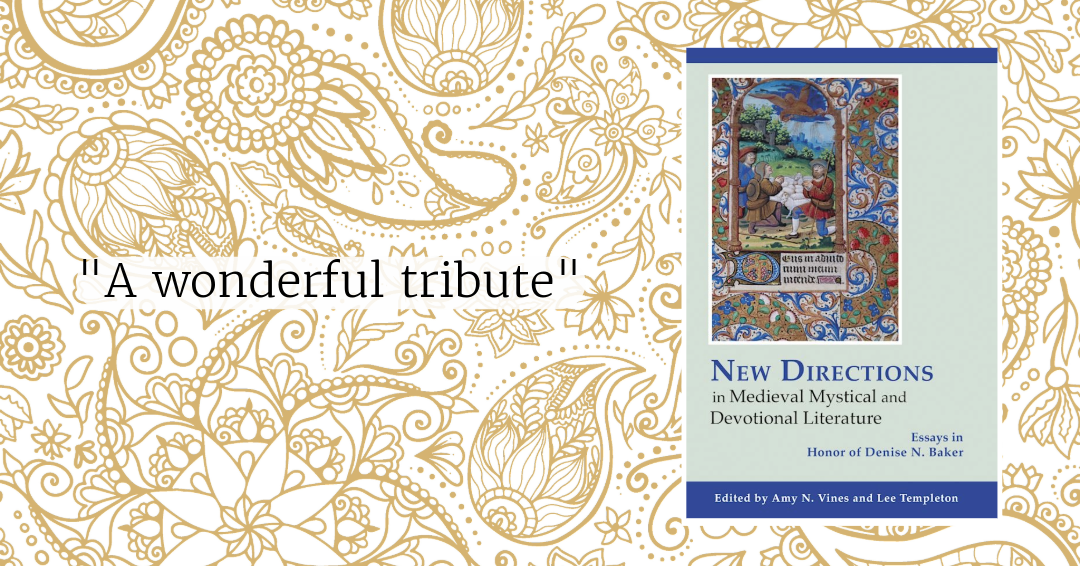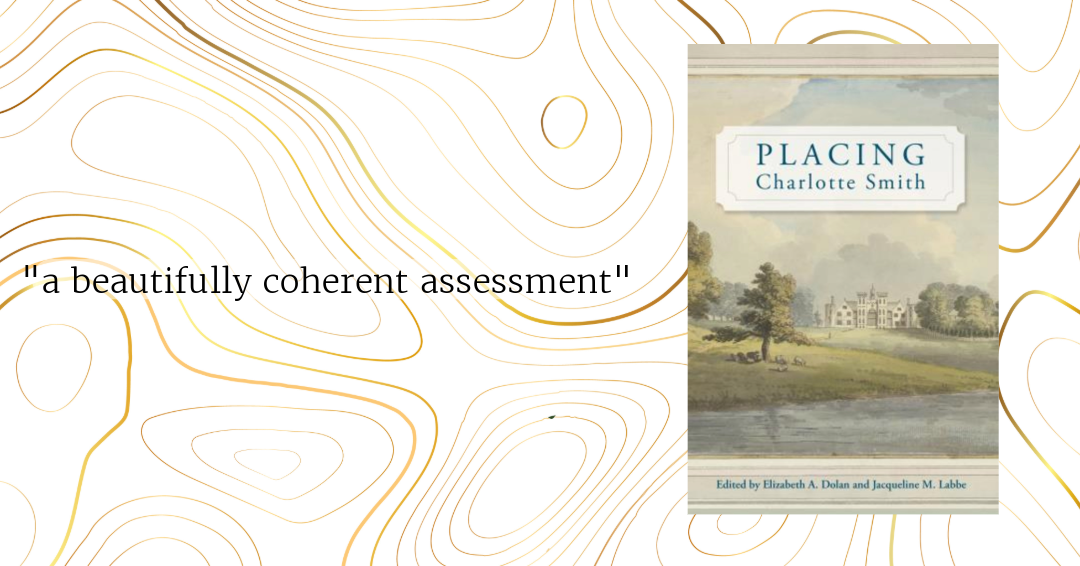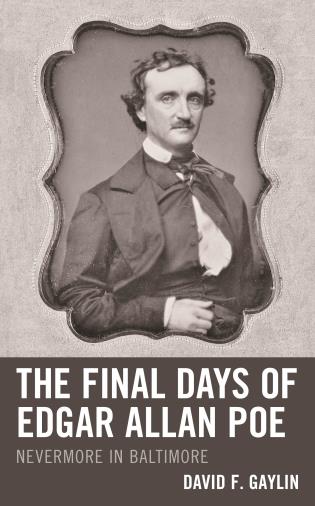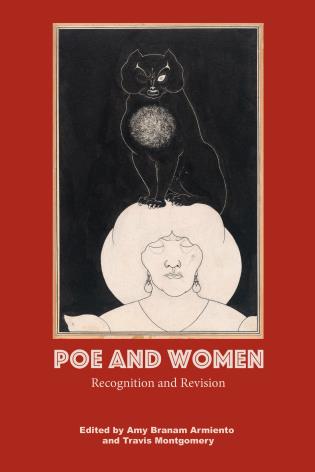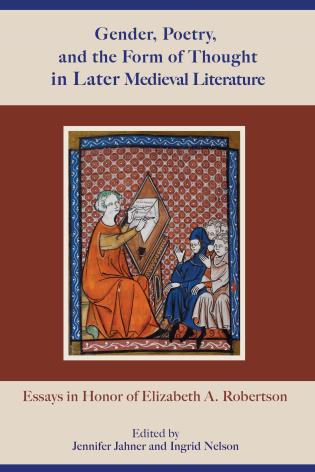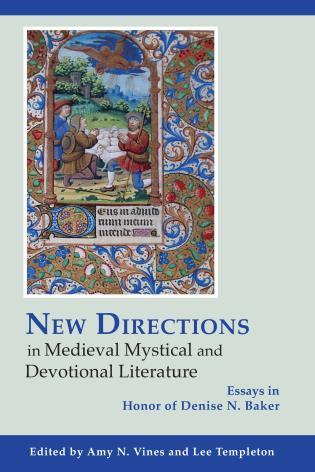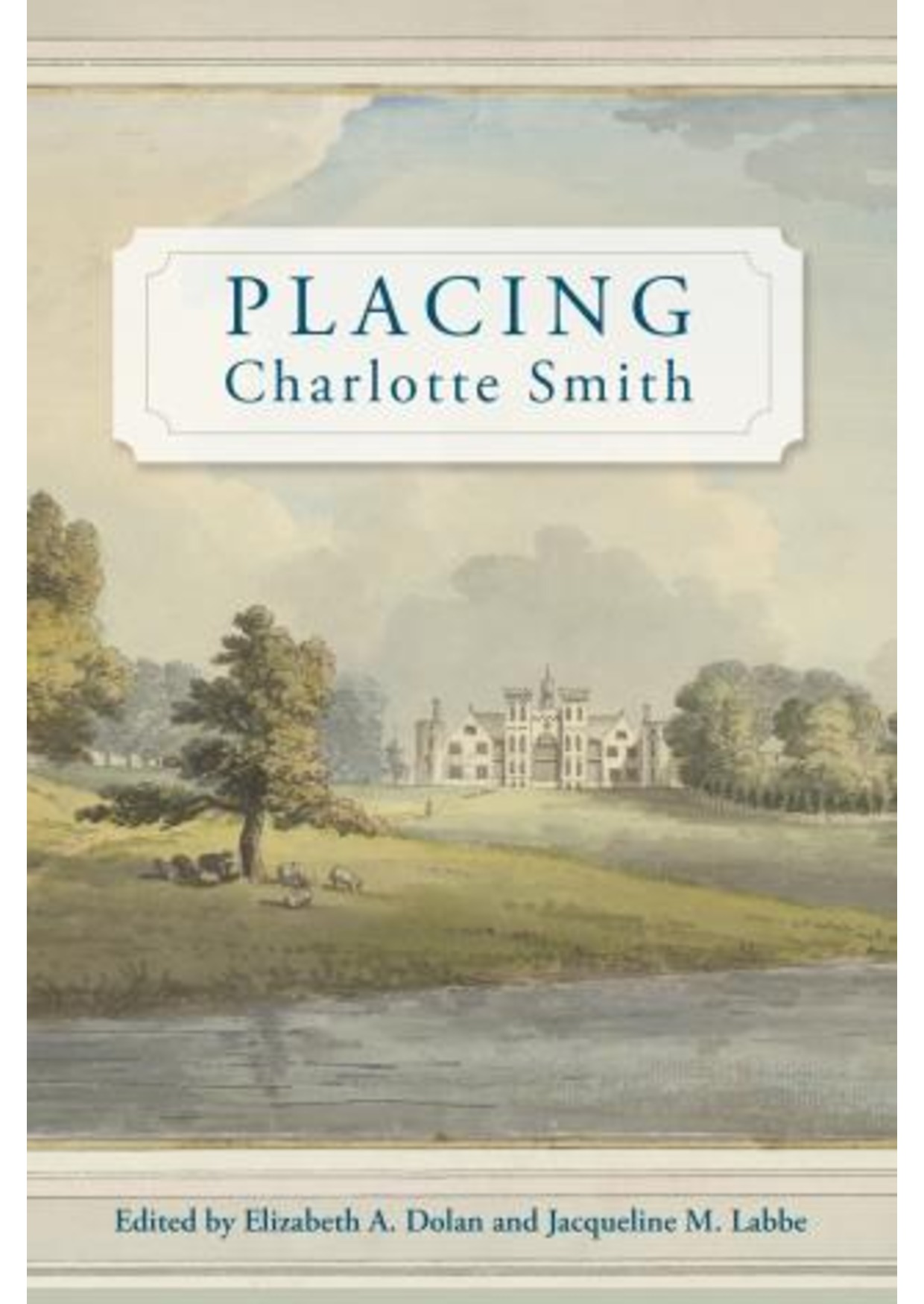A ground-breaking contribution to the economic and cultural history of the eighteenth- and early nineteenth-century publishing of illustrated belles lettres in Scotland, the book offers detailed accounts of numerous agents of prints (booksellers, printers, designers, engravers) and their involvement in the making and marketing of illustrated editions. It examines the ways in which the makers of books not only produced printed visual culture artefacts but also contributed to the ideological inscription of these illustrations to engender patriotic concerns and issues of national identity. The book differs fundamentally from existing interventions in book illustration studies: Examinations of eighteenth- and early nineteenth-century British literary book illustrations have, as a rule, been selective rather than broad in scope or systematic in outlook; they have focused on English examples of book illustrations. By contrast, The Publishing and Marketing of Illustrated Literature in Scotland, 1760-1820 studies a large body of illustrated editions and adopts a systematic and decentered (non-London-centered) approach. It focuses on the examination of the production of literary book illustrations in eighteenth- and early nineteenth-century Scotland, while at the same time bearing in mind that developments in the marketing of illustrated books need to be understood as part of the cultural and book-historical dynamics of exchange that existed between Scotland and England. Not only does the monograph offer the first large-scale study of the subject, contextualizing literary book illustrations in terms of the ideologically defined ventures as part of which they were issued, but it also draws a map of illustrated works that has not been imagined yet by scholars of the history of the eighteenth- and early nineteenth-century book. In doing so, the book provides an account of the publishing of belles lettres and the various strategies that bookseller-publishers deployed to market their editions competitively in both Scotland and England.
Reviews:
A landmark treatment of eighteenth-century Scottish print and literature, introducing the micro-history of book-illustration to the area.
— Gerard Carruthers, Francis Hutcheson Professor of Scottish Literature, University of Glasgow
Jung has combed through hundreds of pages of trade records, legal documents, and newspaper ads—not to mention dozens of reprints with only slight changes among them—to tease out patterns of activity that help us understand the collaborative work of booksellers with engravers. . . . The Publishing and Marketing of Illustrated Literature in Scotland must be lauded as a solid work of book history, noteworthy for marshalling reams of examples that highlight the importance of materiality and (too-often invisible) labour practices in creating a national canon.
— Lisa Maruca, Associate Professor of English, Wayne State University
[The Publishing and Marketing of Illustrated Literature in Scotland, 1760-1825] forms a welcome addition to the literature on non-metropolitan publishing in the late eighteenth and early nineteenth centuries. Jung focuses on a period when Scottish print production values had improved from a seventeenth century low point, and Scottish publishers were looking beyond their local market to the rest of the United Kingdom. . . . Jung’s study is a signi¢cant contribution to the study of a neglected aspect of the regional print culture in Scotland, and its place in British literary production.
— Helen Williams, Scottish Centre for the Book, Edinburgh Napier University, Scottish Literary Review
Sandro Jung’s The Publishing and Marketing of Illustrated Literature in Scotland, 1760–1825 represents a landmark publication, not just for print culture studies, but also for the study of eighteenth-century Scottish literature more generally. . . . As ambitious as the aims of the book may sound, Jung succeeds in presenting his readers with a detailed and comprehensive account, which is characterized by the same level of precision and quality that we have come to associate with his previous research in the field of European print cultures.
— Kwinten Van De Walle, Department of Literary Studies, Ghent University, ANQ: A Quarterly Journal of Short Articles, Notes and Reviews
